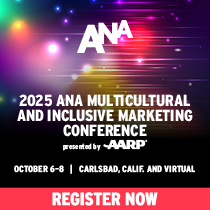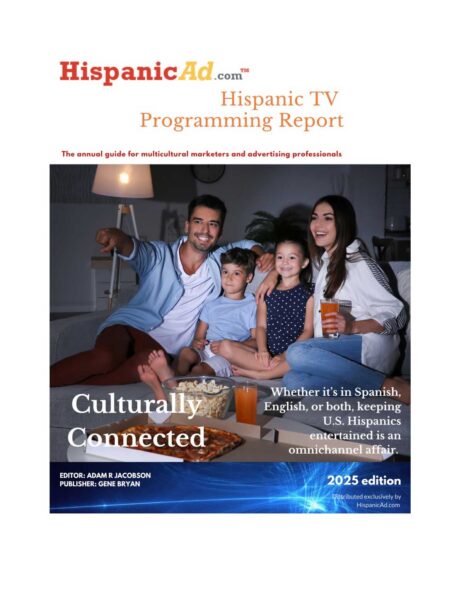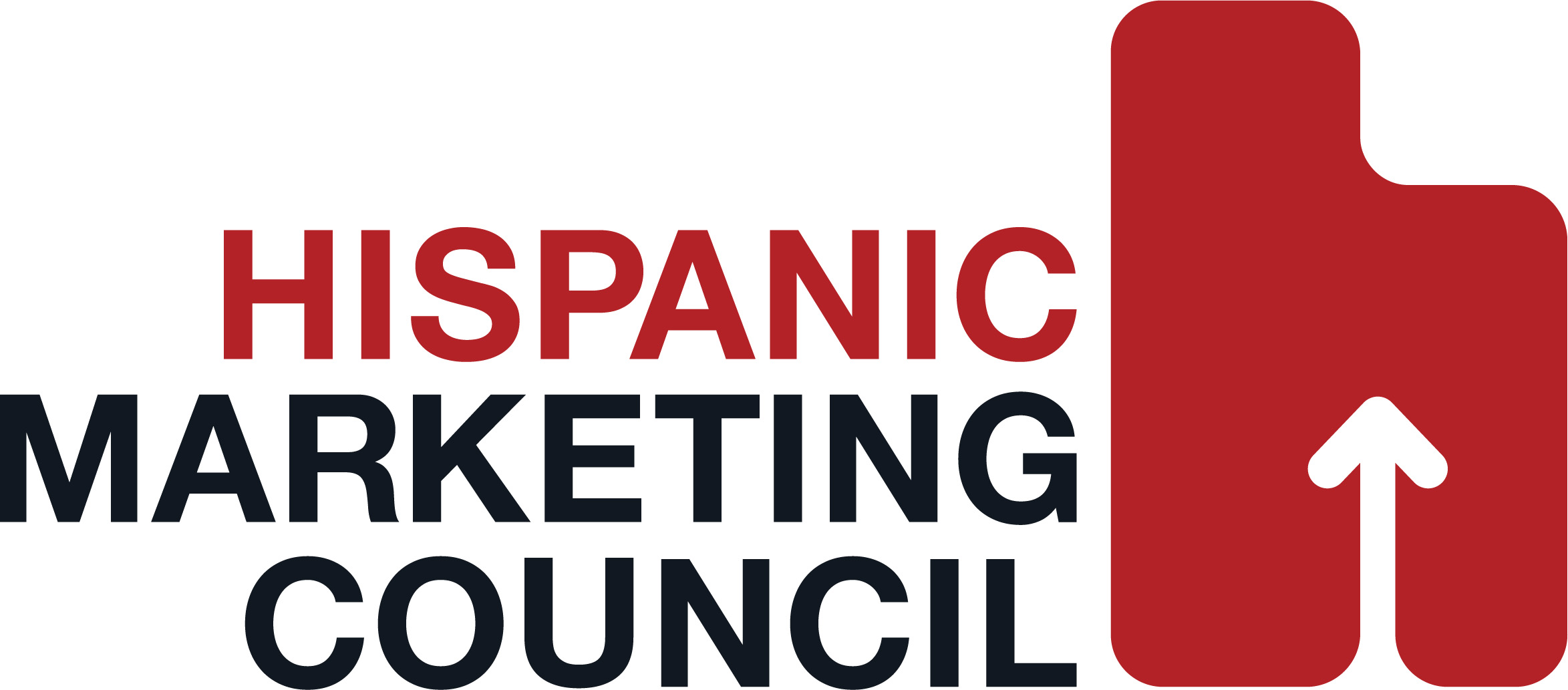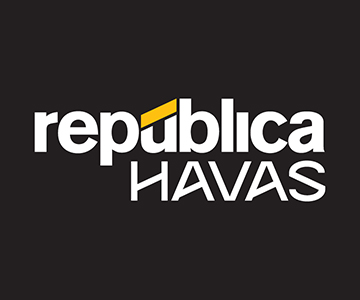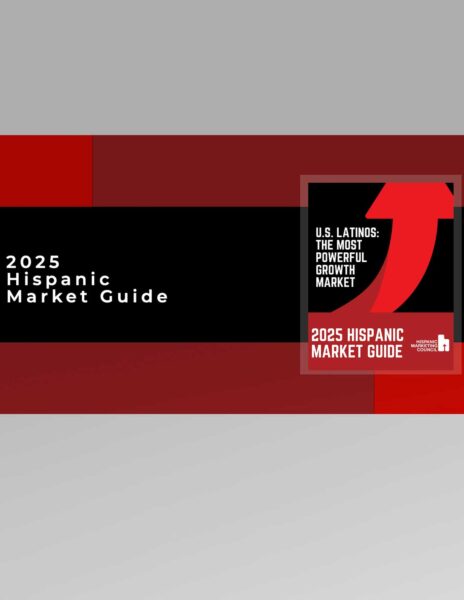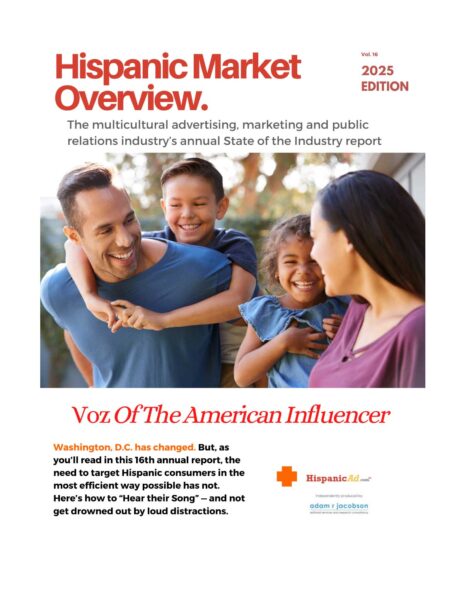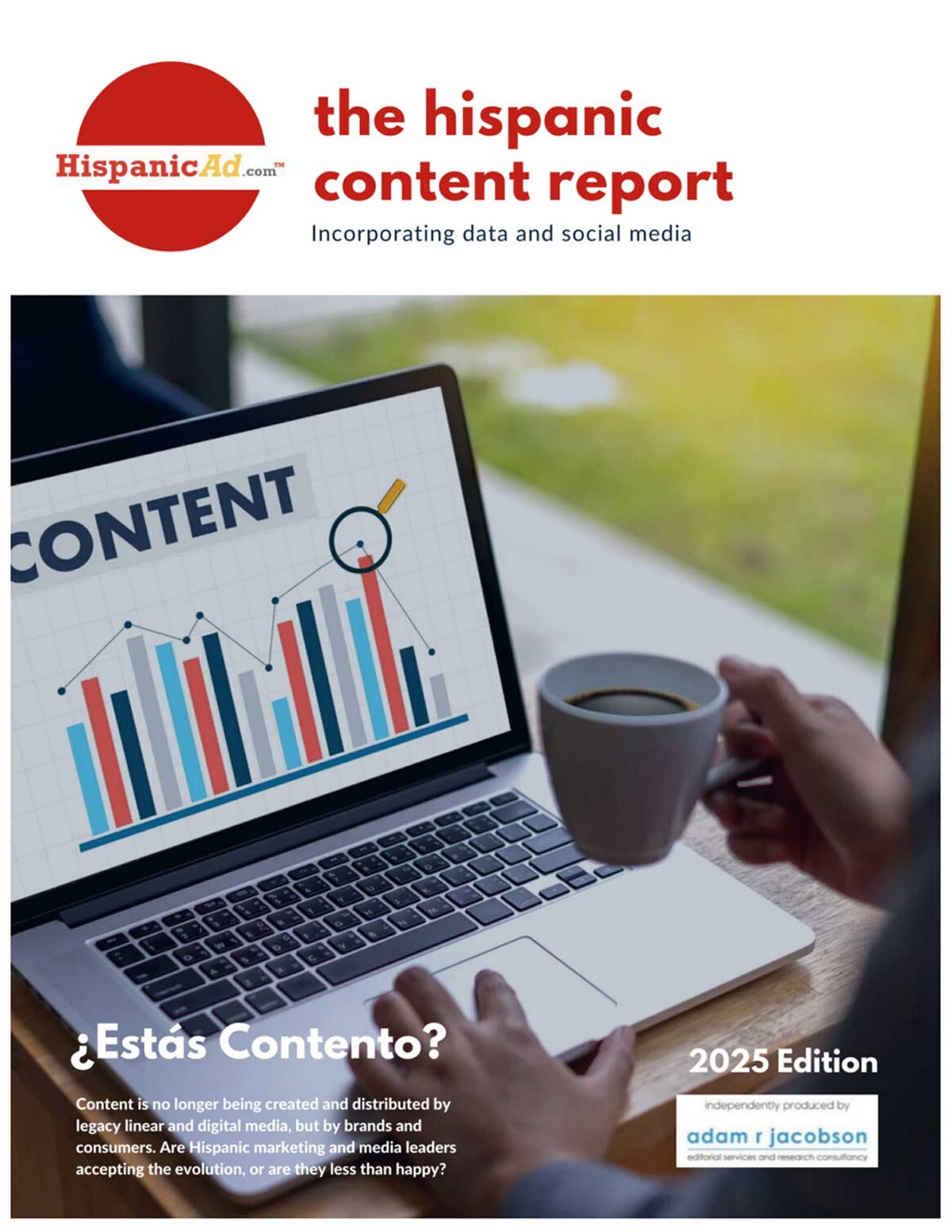![]() Everyone in marketing is talking about System 1, and with good reason.
Everyone in marketing is talking about System 1, and with good reason.
Marketing
System 1 Secrets For CPG Brands
The Celebrity Power of Music in Advertisements
![]() Influencer marketing is one of the industry’s trendy flavors. Connecting consumers with brands through the voices (and images and videos) of celebrities. Or through anyone with influence.
Influencer marketing is one of the industry’s trendy flavors. Connecting consumers with brands through the voices (and images and videos) of celebrities. Or through anyone with influence.
Hispanics are Prime Grocery Shoppers
![]() Hispanic shoppers are more profitable than total U.S. shoppers, and although their spending per trip is comparable, Hispanics actually shop more frequently across all grocery trip types.
Hispanic shoppers are more profitable than total U.S. shoppers, and although their spending per trip is comparable, Hispanics actually shop more frequently across all grocery trip types.
More than a feeling: Ten design practices to deliver business value
![]() Like “strategy” and “analytics,” “design” is a term that suffers from misuse. Design is not just about making objects pretty. Design is the process of understanding customer needs and then creating a product or service—physical, digital, or both—that addresses their unmet needs. It sounds simple, but it’s actually a high bar: the design must simultaneously achieve functional utility, emotional connection, and ease of use, while fitting into customers’ broader experience.
Like “strategy” and “analytics,” “design” is a term that suffers from misuse. Design is not just about making objects pretty. Design is the process of understanding customer needs and then creating a product or service—physical, digital, or both—that addresses their unmet needs. It sounds simple, but it’s actually a high bar: the design must simultaneously achieve functional utility, emotional connection, and ease of use, while fitting into customers’ broader experience.
10 Facts to Inform a Strategic Hispanic Marketing Strategy in 2018
![]() If you had questions about whether the U.S. Hispanic market should be in your marketing sights for 2018, we’re here to answer with a resounding SÍ.
If you had questions about whether the U.S. Hispanic market should be in your marketing sights for 2018, we’re here to answer with a resounding SÍ.
Creating a New Brand World
![]() When people see a powerful brand, they often wonder where it came from.
When people see a powerful brand, they often wonder where it came from.
AI in storytelling: Machines as cocreators
![]() Computers don’t cry during sad stories, but they can tell when we will.
Computers don’t cry during sad stories, but they can tell when we will.
Hispanic Content In 2018: The Year Of The 200%
 Segmentation of the U.S. Hispanic population has evolved through the years as Hispanic marketing has gone from a novel idea to a lifeline among brands in desperate pursuit of new markets. Once driven primarily by language (Spanish-dominant to English-dominant), segmentation became more granular, looking closer at acculturation levels (less acculturated to more acculturated) to craft a more relevant marketing message. by Mario Carrasco / Think Now
Segmentation of the U.S. Hispanic population has evolved through the years as Hispanic marketing has gone from a novel idea to a lifeline among brands in desperate pursuit of new markets. Once driven primarily by language (Spanish-dominant to English-dominant), segmentation became more granular, looking closer at acculturation levels (less acculturated to more acculturated) to craft a more relevant marketing message. by Mario Carrasco / Think Now
The Current State of Marketing Intelligence
![]() Velocidi was founded on the knowledge that marketers are struggling to translate data into actionable insights. Still, we wanted to know exact scope of the problem, and research more deeply the specific challenges associated with being a data-driven marketer. To that end, we commissioned Forrester Consulting to study the current state of marketers marketing intelligence initiatives and find out what makes them successful, and what causes roadblocks.
Velocidi was founded on the knowledge that marketers are struggling to translate data into actionable insights. Still, we wanted to know exact scope of the problem, and research more deeply the specific challenges associated with being a data-driven marketer. To that end, we commissioned Forrester Consulting to study the current state of marketers marketing intelligence initiatives and find out what makes them successful, and what causes roadblocks.
Even in Video, the Digital Duopoly Rules
![]() Facebook and Google command most of the money now being funneled toward video advertising There’s no doubt that content publishers are struggling with the ongoing dominance of the digital advertising ecosystem by Google and Facebook. And while the embrace of video content—and the higher ad revenues expected to attend the format—was bandied as a possible solution to their problem, the reality is that the duopoly has extended its dominion well into the realm of digital video.
Facebook and Google command most of the money now being funneled toward video advertising There’s no doubt that content publishers are struggling with the ongoing dominance of the digital advertising ecosystem by Google and Facebook. And while the embrace of video content—and the higher ad revenues expected to attend the format—was bandied as a possible solution to their problem, the reality is that the duopoly has extended its dominion well into the realm of digital video.
How Consumers View Advertising
![]() Americans are exposed to up to 10,000 advertisements every day (link is external), a number that is rapidly growing with the increase of advertising channels and new technology. Businesses need to advertise in multiple mediums to reach consumers during their everyday activities, whether it’s watching TV, reading a magazine, or browsing on social media.
Americans are exposed to up to 10,000 advertisements every day (link is external), a number that is rapidly growing with the increase of advertising channels and new technology. Businesses need to advertise in multiple mediums to reach consumers during their everyday activities, whether it’s watching TV, reading a magazine, or browsing on social media.
Strong brands are a reward from satisfied customers
![]() On Monday I posted about how Subaru managed to grow while making industry-leading margins. In pulling together the case study I could not help but reflect that while my attention focused in large part on the advertising there were many factors that led to Subaru’s success, not just an emotionally engaging ad campaign. by Nigel Hollis
On Monday I posted about how Subaru managed to grow while making industry-leading margins. In pulling together the case study I could not help but reflect that while my attention focused in large part on the advertising there were many factors that led to Subaru’s success, not just an emotionally engaging ad campaign. by Nigel Hollis
“AI” Voted ANA Marketing Word of The Year For 2017
 The Marketing Word of the Year, according to the ANA (Association of National Advertisers) has something a bit, well, artificial about it.
The Marketing Word of the Year, according to the ANA (Association of National Advertisers) has something a bit, well, artificial about it.
Listen In: Understanding Programmatic Advertising and Connected TV
![]() In the latest episode of eMarketer’s “Behind the Numbers” podcast, analysts Lauren Fisher and Paul Verna discuss the relationship between programmatic ad buying and the complex, fragmented connected TV space.
In the latest episode of eMarketer’s “Behind the Numbers” podcast, analysts Lauren Fisher and Paul Verna discuss the relationship between programmatic ad buying and the complex, fragmented connected TV space.
Attention seekers: Is communications overload alienating consumers? [INFOGRAPHIC]
![]() We invite brands into our lives to provide the products and services we need. And in this connected, switched-on world, we expect them to be available to us whenever and wherever we want. Yet this creates tension: exactly when and how are brands welcome to add value? Too often, consumers feel stalked and overloaded with advertising, messaging, reminders and push notifications. How can brands streamline, to target only the moments people are most receptive to them?
We invite brands into our lives to provide the products and services we need. And in this connected, switched-on world, we expect them to be available to us whenever and wherever we want. Yet this creates tension: exactly when and how are brands welcome to add value? Too often, consumers feel stalked and overloaded with advertising, messaging, reminders and push notifications. How can brands streamline, to target only the moments people are most receptive to them?
Getting Consumers’ Attention Across Every Screen They Have at Home
![]() Consumers have more screens in the home than ever before, which allows cross-platform video advertising to have more reach. But today’s fragmented media landscape makes it more difficult to capture consumers’ attention. eMarketer’s Sean Creamer spoke with Matthew Fanelli, senior vice president of digital at MNI Targeted Media (Time Inc.’s media planning division), about how marketers can create more engaging, immersive video advertising campaigns that utilize all of the screens in consumers’ homes.
Consumers have more screens in the home than ever before, which allows cross-platform video advertising to have more reach. But today’s fragmented media landscape makes it more difficult to capture consumers’ attention. eMarketer’s Sean Creamer spoke with Matthew Fanelli, senior vice president of digital at MNI Targeted Media (Time Inc.’s media planning division), about how marketers can create more engaging, immersive video advertising campaigns that utilize all of the screens in consumers’ homes.
Why is so much digital marketing lazy?
![]() This set of interviews with top Chicago marketers on the topic of the challenges and opportunities of digital missed calling out the elephant in the room. Most digital campaigns lack what is required for them to be effective. By Nigel Hollis
This set of interviews with top Chicago marketers on the topic of the challenges and opportunities of digital missed calling out the elephant in the room. Most digital campaigns lack what is required for them to be effective. By Nigel Hollis
Millennials Are Wary of Celebrity Endorsements
![]() The practice of celebrity endorsements appears to be in trouble with at least one key demographic—millennials.
The practice of celebrity endorsements appears to be in trouble with at least one key demographic—millennials.
How Marketers Are Stepping Up to Address Brand Safety
![]() In response to brand safety concerns over the past six months, nearly six in 10 US CMOs surveyed in November 2017 said they’ve increased their spending on channels that can prove they are brand safe, and almost as many respondents said they’ve reviewed their agency relationships.
In response to brand safety concerns over the past six months, nearly six in 10 US CMOs surveyed in November 2017 said they’ve increased their spending on channels that can prove they are brand safe, and almost as many respondents said they’ve reviewed their agency relationships.
What Is Plan B for Ad Agencies and Holding Companies?
![]() We’re all familiar with “Plan B.” It emerges out of the haze when Plan A has self-destructed for one of a thousand reasons. An unexpected snowstorm cancels our flight. We’ll have to scrub a key meeting. Too bad. On to Plan B. If there is no Plan B, we’ll have to improvise. We’re usually unhappy with Plan B. It’s a necessity, born of circumstance. We shrug our shoulders, wistful and disappointed. Oh, well. Plan A was so much better! But … it isn’t happening. By Michael Farmer
We’re all familiar with “Plan B.” It emerges out of the haze when Plan A has self-destructed for one of a thousand reasons. An unexpected snowstorm cancels our flight. We’ll have to scrub a key meeting. Too bad. On to Plan B. If there is no Plan B, we’ll have to improvise. We’re usually unhappy with Plan B. It’s a necessity, born of circumstance. We shrug our shoulders, wistful and disappointed. Oh, well. Plan A was so much better! But … it isn’t happening. By Michael Farmer









